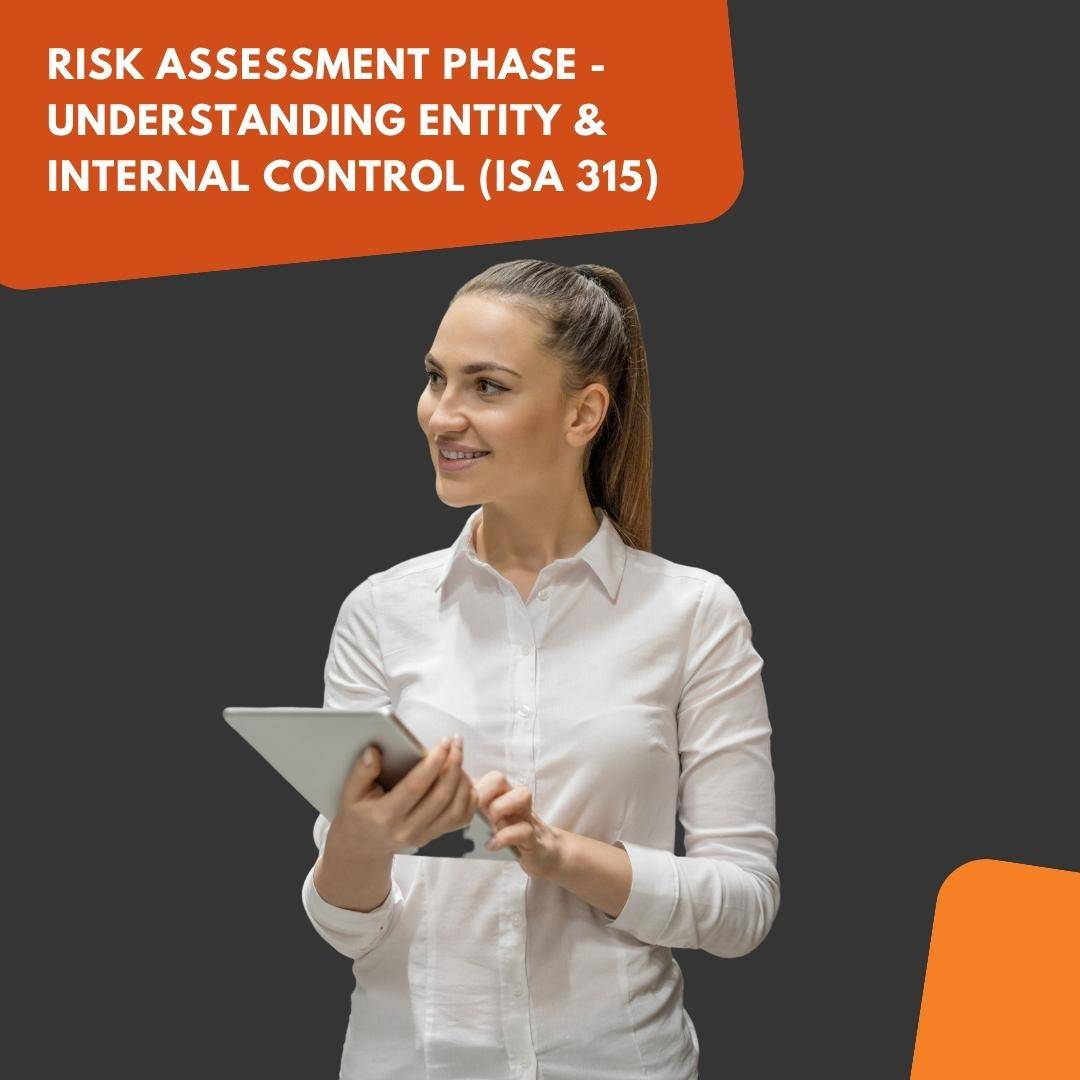Technical Gathering on Friday “Risk Assessment Phase - Understanding Entity & Internal Control (ISA 315)”
Last Friday, (11/08) KAP Agus Ubaidillah dan Rekan (TGS AU Partners) again carried out Technical Gathering on Friday (TGIF) activity for the 19th (nineteenth) time. KAP Agus Ubaidillah dan Rekan is committed to continuing TGIF activities which are routinely held every week on Friday in order to become a medium of learning and information for all employees of KAP Agus Ubaidillah dan Rekan.
The speaker for this TGIF was Mr. Dimas Emha Amir Fikri Anas, SE, M.SA, CA, CPA as an audit & assurance partner of KAP Agus Ubaidillah dan Rekan (TGS AU Partners). The presentation material presented by him was about "Risk Assessment Phase - Understanding Entity and Internal Control (SA 315)."
Purpose and Importance of Auditors Understanding the Risk Assessment and Internal Control Phase
Auditing Standard (SA) 315 is an Auditing Standard issued by the Indonesian Institute of Certified Public Accountants (IAPI) which regulates the identification of risk of material error in financial statement audits. Auditors need to understand SA 315 in order to identify risks that may be associated with the financial statements of the entity being audited.

SA 315 Par. 11 outlines the importance of auditors understanding the entity being audited, including its environment and internal controls. The objectives are as follows:
-
Understanding the Entity and its Environment
Our Service Recommendations
Auditor needs to understand the entity thoroughly, including its business, ownership structure, operations, and environmental factors affecting the entity;
-
Understanding the Entity's Internal Controls
Auditor should understand how the entity's internal controls are designed and operated. This involves understanding the procedures and policies implemented by company/entity management to control business risks and maintain the accuracy of financial statements;
-
Identifying Risks of Material Error
By understanding the entity and its internal controls, auditor can identify potential risks of material error in the financial statements. This helps in audit planning to design audit procedures that are effective in identifying and evaluating risks;
-
Risk Importance Assessment
Auditors can evaluate the risks of material errors and assess the extent to which those risks may impact the financial statements. This also helps auditor in assessing whether or not to involve additional audit steps to mitigate the risk;
-
Effective Audit Planning and Execution
The information gained from understanding the entity and its internal controls helps auditor plan and perform the audit more effectively;
-
Recommendations and Appropriate Audit Approach
News & Articles Recommendations.
Auditors can provide recommendations to company/entity management for internal control improvements if needed. In addition, a good understanding of the entity and internal controls also helps auditor in choosing the most appropriate audit approach.
Conclusion
A comprehensive understanding of SA 315 is to assist auditors in conducting audits effectively and professionally, it helps auditors identify risks, plan appropriate audits, and provide better recommendations to management. By understanding SA 315, auditors can provide assurance to the company's stakeholders that the company's financial statements have been audited carefully and accurately.
News & Articles Recommendations.





